This article is available in video format!
You should be able to express the premise of a story (the central idea) in one or two sentences.
The premise sentence is a bit like the question on an essay exam paper - you can keep referring back to it to make sure you're not wandering off the point. It will help keep you anchored and moving forward at the same time, helping to avoid meandering, wasteful scenes and chapters (and time).
Writing a single sentence summary of your story will also help you work out if you actually have a complete story idea or just a kernel of a concept that needs further development. If it turns out you do only have a kernel, this step will help you turn it into something you can base a novel on.
A good premise can also double as a compelling ‘elevator pitch’* for your story. So when people – and hopefully eventually agents and publishers – ask what your book is about, you’ll be able to hook them in less than 90 seconds.
*Elevator pitch – imagine your dream agent stepped into an elevator with you and you had the time it took to get to her floor to get her excited about your idea. That’s your elevator pitch.
So, let's get started...
The Five Major Story Elements
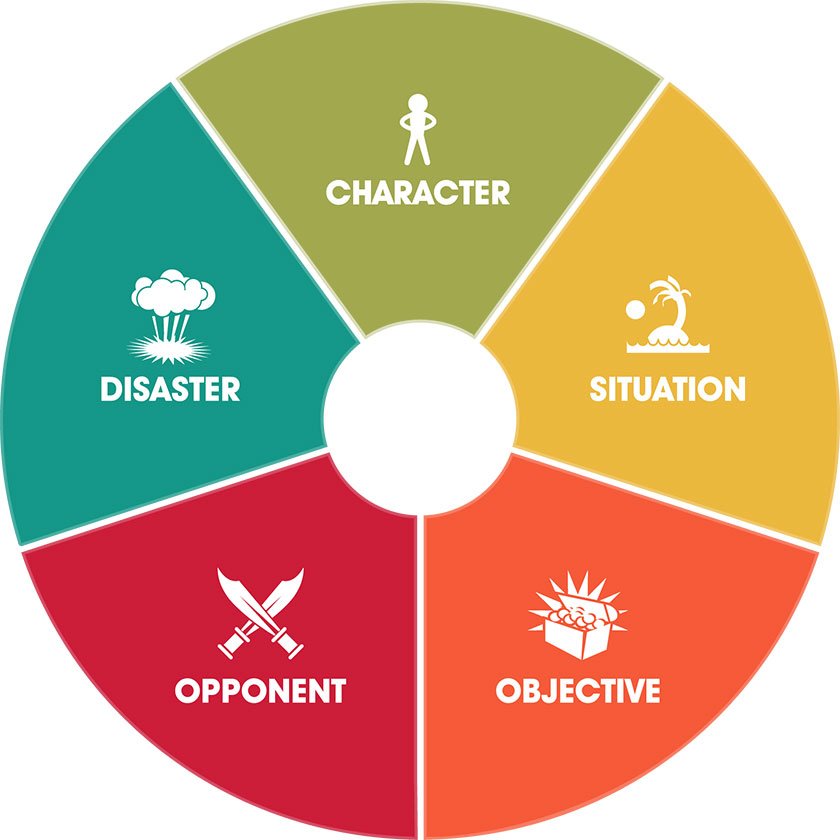
What are the five major story elements?
These five major story elements are based on theory from Dwight Swain’s book Techniques of a Selling Writer. We highly recommend reading the book for more explanation and examples.
Every story should contain all five of the major story elements, which are:
- Character
- Situation
- Objective
- Opponent
- Disaster
Let's take a closer look at each of these story elements:
Character
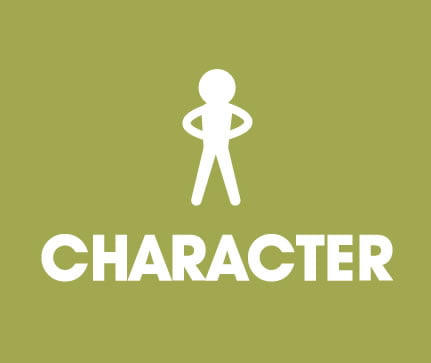
Many people believe that every story is an attempt to understand the human condition. That counts for stories with animals as their leads too. Whether the above statement is strictly true or not, your story isn't going to get anywhere without characters.
Many stories focus on the actions of a single lead character and follow that character's adventures.
If you're George RR Martin you can have 30 leads, each with fully fleshed out histories, characteristics and idiosyncrasies, but for now let's just stick with a single lead character. That doesn't mean there won't be more later, but it's early days.
At this stage it can be helpful to note down one defining characteristic of your lead character.
Examples

Throughout the Roadmap we will use examples from: The Hunger Games, Harry Potter and the Philosopher’s Stone, The Handmaid’s Tale and The Lion King.
| Story | Name | Defining characteristic |
| The Hunger Games | Katniss Everdeen | Survivalist by necessity |
| Harry Potter and the Philosopher’s Stone | Harry Potter | Boy wizard |
| The Handmaid’s Tale | Offred | Handmaid |
| The Lion King | Simba | Heir to the plains |
Situation
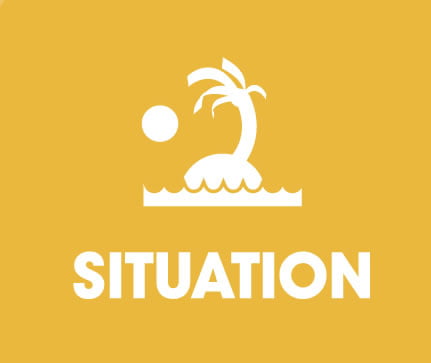
This describes the new situation the character finds themselves in.
It is not the status quo, in other words their everyday life before the story action starts.
It may be the crisis they find themselves facing after the inciting incident, or a ‘new world’ they enter.
Inciting incident – the point at which the main character’s everyday life is turned upside down and the adventure begins.
| Story | Situation |
| The Hunger Games | Volunteers to take part in a televised fight to the death |
| Harry Potter and the Philosopher’s Stone | Enters a magical school of witchcraft and wizardry |
| The Handmaid’s Tale | Is forced to be a breeding vessel with no freedom or rights |
| The Lion King | Runs away because he believes he is responsible for his father's death |
Objective
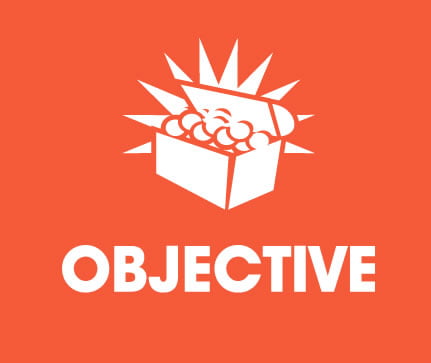
What does the character want?
This may change over the course of the novel, and that’s without getting into what they actually need. But what we’re looking for here is their main external objective once the story gets going (again, not what they wanted in their everyday life, before the inciting incident).
Here are a few prompts to help you work out your protagonist’s story goal:
Protagonist – the main character of the story.
- Survival
- Justice
- Winning something
- Selfish
- Benevolent
- Money
- Love
- Principle
| Story | Objective |
| The Hunger Games | To survive the games and return home to her family |
| Harry Potter and the Philosopher’s Stone | To survive school and learn magic |
| The Handmaid’s Tale | To stay out of trouble and bear the commander a child |
| The Lion King | To never return home to face his shame |
Opponent
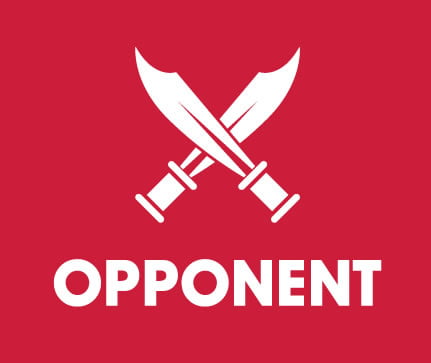
Conflict. Imprint the word conflict on your brain. If you want to write a page-turner that's going to fly off the shelves, then your story must be jam-packed with conflict.
Conflict builds tension, excitement and interest. A lack of conflict is a big fat bore. And for good conflict, you need a good opponent.
There may be multiple opponents, but in our premise we’re going to focus on the Big Bad.
Bear in mind that the more god-like and powerful your opponent is, the more worried your readers will be for your main character. And the more thrilled they will be to see them defeated.
| Story | Opponent |
| The Hunger Games | The Game Makers |
| Harry Potter and the Philosopher’s Stone | The greatest evil wizard who ever lived |
| The Handmaid’s Tale | The Commander |
| The Lion King | His uncle Scar |
Disaster
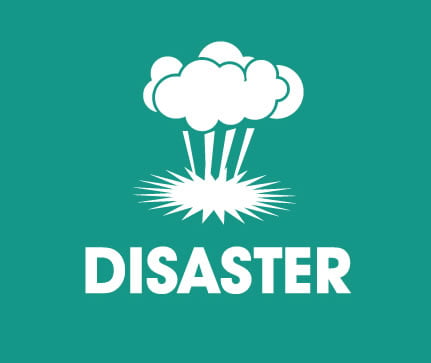
Your novel should be a series of ever-increasing peril and conflict, and here we want to define the hardest challenge your hero (we use hero to apply to both genders throughout our resources) faces at the climax of the story.
The disaster is usually brought about by the main opponent.
It’s important to think about stakes at this stage and make sure they are high enough for your readers to be gripped.
| Story | Disaster |
| The Hunger Games | The game makers change the rules at the last moment, forcing her choose between killing her closest ally or being killed by him |
| Harry Potter and the Philosopher’s Stone | Voldemort wants to steal an immortality charm and destroy the entire school |
| The Handmaid’s Tale | The Commander is probably infertile and illegally takes her to a forbidden nightclub |
| The Lion King | Scar is running the kingdom into ruins and soon the pride will perish |
Writing the Premise of Your Story
Hopefully now you will have some idea of each of the major elements of your story. Now we're going to bind them together into a single sentence which summarises the premise of your story.
Story Premise Examples
When Katniss Everdeen, survivalist by necessity, volunteers to take part in a televised fight to the death, she just wants to survive and return home to her family. But the game makers change the rules at the last moment, forcing her to choose between killing her closest ally or being killed by him.
When Harry Potter, child wizard, enters a magical school of witchcraft and wizardry all he wants is to survive school and learn magic. But the greatest evil wizard who ever lived wants to steal an immortality charm and destroy the entire school.
Offred, a Handmaid who is forced to be a breeding vessel with no freedom or rights just wants to stay out of trouble and bear the Commander a child. But her Commander is probably infertile and pressurises her into breaking the law.
Simba, heir to the throne (plains), believes he is responsible for his father's death and vows never to return and bring shame on his mother and pride. But his uncle Scar is running the kingdom into ruins and soon the pride will perish.
Limitations and Alternatives
While using the five story elements is a powerful way to ensure your story is starting on solid foundations, it is a mechanical tool, and its limitations shouldn’t be forgotten.
If it works better for you in a slightly different way, then adjust it however you see fit.
‘Tools not rules’ is our mantra, and should be applied to any of the advice, resources and formulas we present.
And of course it’s not the only way to pin down the core of your story.
With that in mind, here are a few alternative options you might like better to help create your premise:
The Query Shark’s questions
- Who is the main character?
- What does she want?
- What is keeping her from getting what she wants?
- What must she sacrifice to get what she wants? / What's at stake?
Read more at the Query Shark blog. And don’t just do that, read the whole blog. It doesn’t only teach you how to write a query letter. It teaches you how to write a better story.
The Write Practice
- A protagonist in two words, e.g. young girl or a world-weary witch.
- A goal. What does the protagonist want or need?
- A situation or crisis the protagonist is facing.
Read more about this here: https://thewritepractice.com/premise-definition/)
Your Task
Sign up for a free trial of the Novel Factory and log in. On the Premise and Synopses Section, hover over the Premise Panel and click the Edit button that appears. Note down the five key story elements of your idea in the dedicated fields, then weave them into one or two sentences that define the heart of your story.
Alternatively, you can use the Premise worksheet found on this page, or use your own method of note taking.
